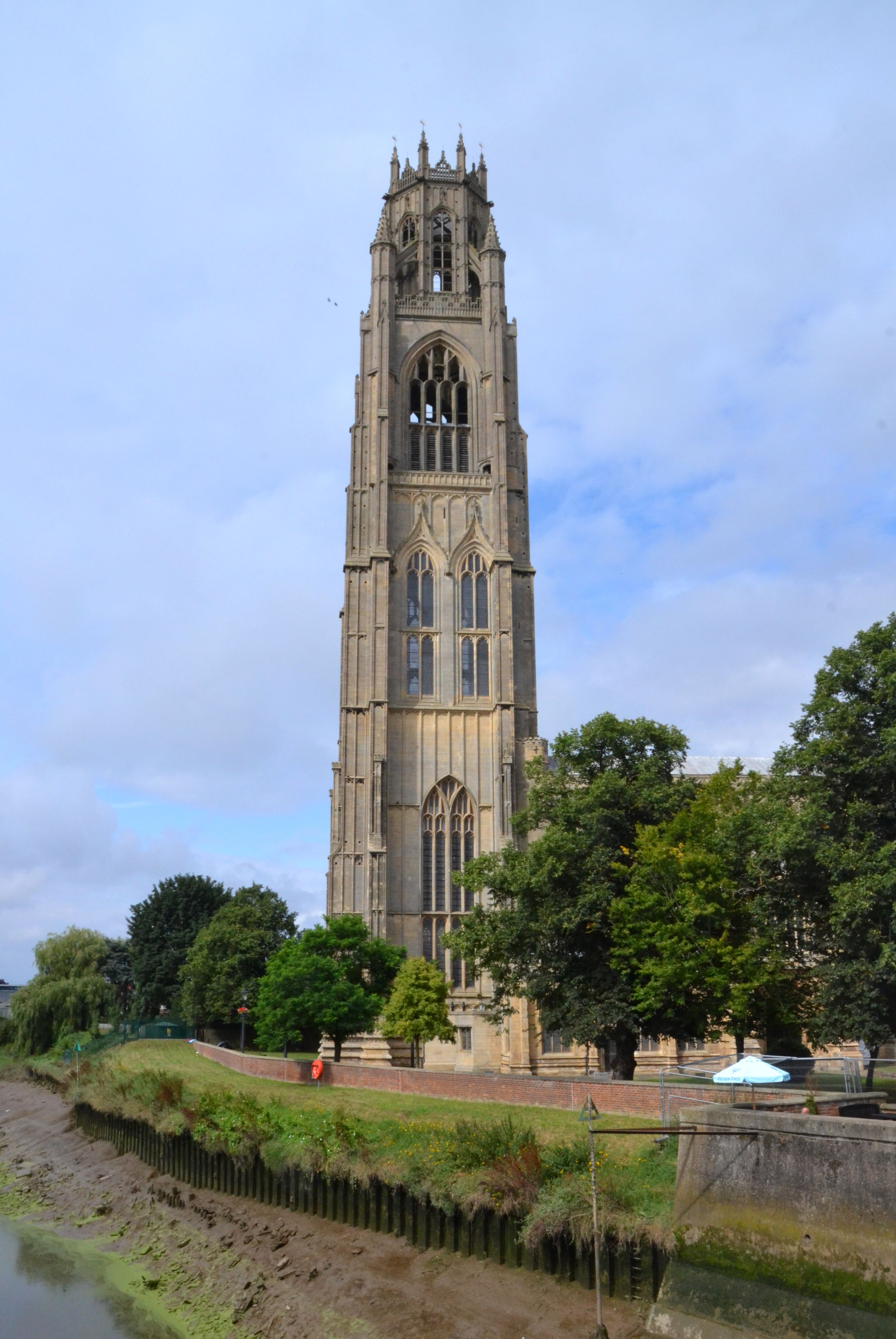I don’t usually do madcap, through the night twitches to jostle for elbow room at first light in cramped hides with scores of grumpy, hairy, ugly men – but for an Asian Plover species I am prepared to become a proper birder for the day. That group of birds holds a special fascination for me and one of it’s number, a White-tailed Lapwing turned up on south Humberside two days ago. This was a must-see.
Being both a local and national mega and the first in Great Britain for 10 years the bird on its first two days attracted huge crowds to the RSPB’s Blacktoft Sands reserve (DN14 8HR – SE843232), and more of the same could be expected today. Tales abounded on social media of long queue’s for limited viewing time in two different hides. All this was tolerantly and well organised by the RSPB in the populist charity’s now more enlightened stance towards those of it’s traditional membership and support who wish to observe particular rare birds.
As things transpired, my twitch leader Mark’s strategy was to get here later in the day by when numbers of people would have subsided and the light might hopefully be better for taking pictures. And after our near seven-hour vigil for the Black-browed Albatross at our first stop, we did not arrive on site until 16:30. Greeted by the reception staff we were at first able to gain brief, unsatisfactory views from there of my day’s second lifer the White-tailed Lapwing (or Plover). The question then was which of two hides to attempt proper observation from.
The bird had commuted through the day between two of the reserve’s six shallow brackish lagoons, in front of the Xerox and Townend hides that are around 350 metres apart. Ewan and Mark reasoned it would be preferable to wait for it to return to the latter where better views might be gained. I joined them at first but before long it seemed sensible to split up and stake out both hides, so I transferred to the Xerox. En route I was told our quest was on view from there but when I walked in it had just moved behind a large, reed-covered island. Ho hum, such is birding.
Feeling a little disgruntled with how things seemed to be turning out I sat down and waited, while enjoying the variety of other waders present – Black-tailed Godwits, Ruff, Greenshank, Common Snipe, Green Sandpiper and a Spotted Redshank. I learned that the star visitor prefers to feed in sheltered locations rather than out in the open. Things did not look good but eventually something flushed more ducks and waders from behind the island. Now on the far side of the lagoon before me, of a sudden and in all its sublime elegance stood the White-tailed Lapwing of my intent. I alerted Ewan then scoped the quite delightful Plover as it moved along the reed edge back towards the island.
This slender and graceful, even dainty looking Lapwing may be described as having rather plain beige upperparts, greyish breast and creamy brown belly; with a pale brown crown, short black bill, large black eyes and strikingly long, bright yellow legs. It breeds in former Soviet central Asia west to Iran and Iraq, and normally winters in the Indian sub-continent and north-east Africa. Very small numbers may migrate to south-eastern Europe.
In it’s home range this is the only Lapwing likely to be seen feeding persistently in deep water or submerging it’s head while doing so. It is rarely found far from the margins of still or slow-flowing water, preferring well vegetated river or canal edges and either saline or fresh water pools rather than open mud flats. By comparison with the familiar Northern Lapwing this distant cousin is rather skulking with a preference for cover. A very scarce vagrant to western Europe, today’s bird is just the seventh ever British record.
I had got lucky today, then my own earlier experience was repeated as my two colleagues arrived just after the bird became lost to view again. So we all settled down and waited for it to emerge from its hiding place once more. Fortunately two Marsh Harriers were active over the reed bed beyond the lagoon and other large birds, Herons and Egrets that might flush waders would fly through the channel behind the island at intervals. Two more instances occurred without the WTL appearing again, so was it still there or had it headed in the other direction?
After another flush that question was answered and our day became complete. Now the White-tailed Lapwing was much closer to the hide than earlier and commenced to go walkabout around the lagoon, offering decent enough picture opportunities in the fading light. But my own camera was ineffective at the distance in those conditions, so I am indebted to my two companions for the images in this post. For the RBA gallery of this bird see here.
It was now early evening and so we set off on the four hour journey home in a contented frame of mind. It had been a very long but ultimately successful day. As a back seat passenger of two real birding “professionals” I had gained two mega life list additions beyond my own preferred twitching range and without the scenario of this post’s opening paragraph that also normally puts me off. My grateful thanks are due to Mark for doing the driving today and to Ewan for inviting me along in the first place. My British bird list now stands at 368, and my western Palearctic list at 509.
































